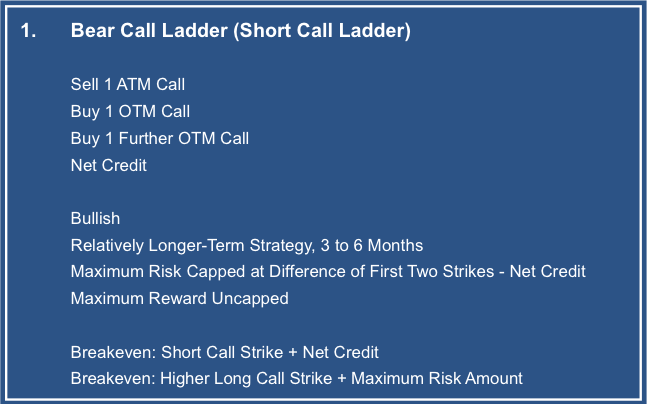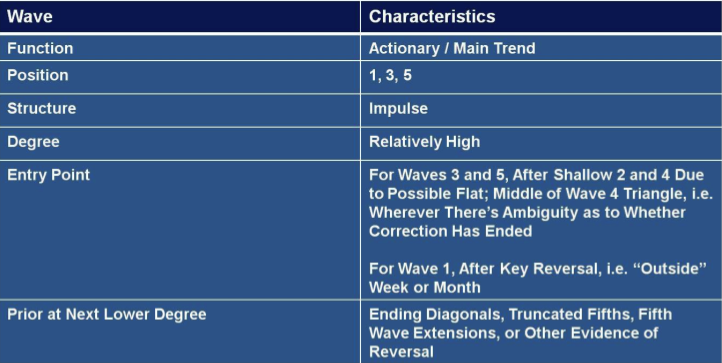EWP Option Strategies – Part 6
EWP Option Strategies – Part 6
Alright, Evil Rat Academy is officially in session – but before we get to the meat of this post let me introduce you to our new substitute Mrs. Tightbuns, who will fill in for evil but mentally exhausted Mole today:

I am sure she will be able to re-focus your attention after one of the most boring trading sessions in recorded history. Tronacate – keep it in your pants!
Okay, and now it’s time for the sixth part in our ongoing EWI sponsored series on option strategies. The following post is excerpted from the Elliott Wave International (EWI) eBook, “How to Use the Elliott Wave Principle to Improve Your Options Trading Strategies — Vertical Spreads.” EWI has agreed to make the full eBook available for free to all Evil Speculator readers until the conclusion of this series. So go ahead and download it here if you want to study ahead – however I would appreciate it if we kept all discussions limited to the current chapter.
Last time we looked at a more aggressive strategy called the Ratio Spread If you missed that chapter then I strongly recommend you go back and study it before continuing here. You can also pull up all prior installments of the the entire series via this link.
We now press on with chapter 4 of the eBook – covering Bear Call Ladders and Bull Put Ladders. Those are credit spread equivalents of the Bull Call Ladders and Bear Put Ladders we discussed in chapter 2.
Fig. 29
Up next: The “bear call ladder,” also known as a “short call ladder.” In options literature, people may categorize this strategy as somewhat ambiguous and confusing. Are you bullish? Are you bearish? You’re selling an at-the- money call, but you’re also buying two different out-of-the-money calls. What’s going on?
Well, the really interesting thing is that this strategy fits Elliott wave like a glove. The reason being: Wave patterns are often ambiguous and warrant an alternate labeling. The alternate wave count may be telling you to lean in the opposite direction, and that’s where this strategy helps.
First, we’ll go over the basics as they appear in Figure 29. The bear call ladder is bullish. It’s a relatively longer- term strategy — about three to six months. You should be able to squeeze out a net credit on this. You sell an in-the-money or at-the-money call, buy an out-of-the-money (OTM) call and buy a further out-of-the-money (OTM) call. Your maximum risk is capped; it’s the difference of the first two strikes minus the net credit. Notice, maximum reward is uncapped — this is the biggest contrast with the bull call spread. It’s also going to make a big difference in what kind of wave positions we choose. We have two breakevens: the short call strike plus the net credit, and the higher long call strike plus the maximum risk amount (in the area beyond the further OTM call).
In a nutshell, we’re betting on a big move up. Our bias is in the direction of the main trend. Either way, though, we have some protection if prices move down or sideways. We only get hurt if prices go in the direction of the main trend but only for a small move. In other words, we’re sacrificing a small up move in exchange for a big up move, a sideways move or a down move. Not a bad deal, but you have to be able to structure the trade so that it generates a net credit.
Fig. 30
Figure 30 shows the same details for the bull put ladder, also known as the short put ladder. Again, it’s the same structure except now you’re betting on prices to fall. So, you’re selling an at-the-money or in-the-money (ITM) put, buying an out-of-the-money put, buying one further out-of-the-money put, and generating a net credit.
Fig. 31
Now it’s time to reveal the ideal Elliott wave context in which to implement this particular strategy.
- Function: The three strategies up to this point have all required short, sudden countertrend moves. Here, however, we’re talking about actionary waves, which are those that move in the direction of the main trend.
- Position: Impulse waves — waves one, three, and five — are the strongest types of waves. Within those, waves three and five are highly preferable, as they are prime breeding grounds for extensions. Wave one can be extended, but it’s not common. The other factor against using this strategy for wave one is that wave one occurs right at a turning point. You may not be sure whether you’ve really turned or are still in a countertrend move.
- Degree: Of course, is high. Don’t get hung up on the actual degree labels — it’s basically a big move.
- Entry Point: For waves three and five, after a shallow wave two or four due to the possibility of a flat. The only time you should use this for wave one is after a key reversal, if ever. The truth is, you normally are not going to get the huge move in wave one that you get in waves three and five.
It’s important to understand why this strategy is so suitable to Elliott wave analysis. Often when a move is relatively small or drawn out for a long period of time, it’s difficult to gauge its end. For example: How do you know when a shallow wave two is over and thus marking the start of a powerful third wave, or whether it’s unfolding as an expanded flat? Maybe a triangle in wave 4 has ended, but you’re not sure because prices continue to move sideways. So, around every corner of ambiguity, this strategy lies in wait. - The wave prior at the next lower degree is the same as previous strategies.
Mrs. Tightbuns again: Alright, I am going to stop right here to make sure all this sinks in thoroughly. It’s essential you guys completely grasp the basics before we press on. Digest this for a while and if you all behave next Friday I’ll dress up extra sexy and show you an example of how to use those credit ladders on an actual price chart.
Have a great weekend!


















